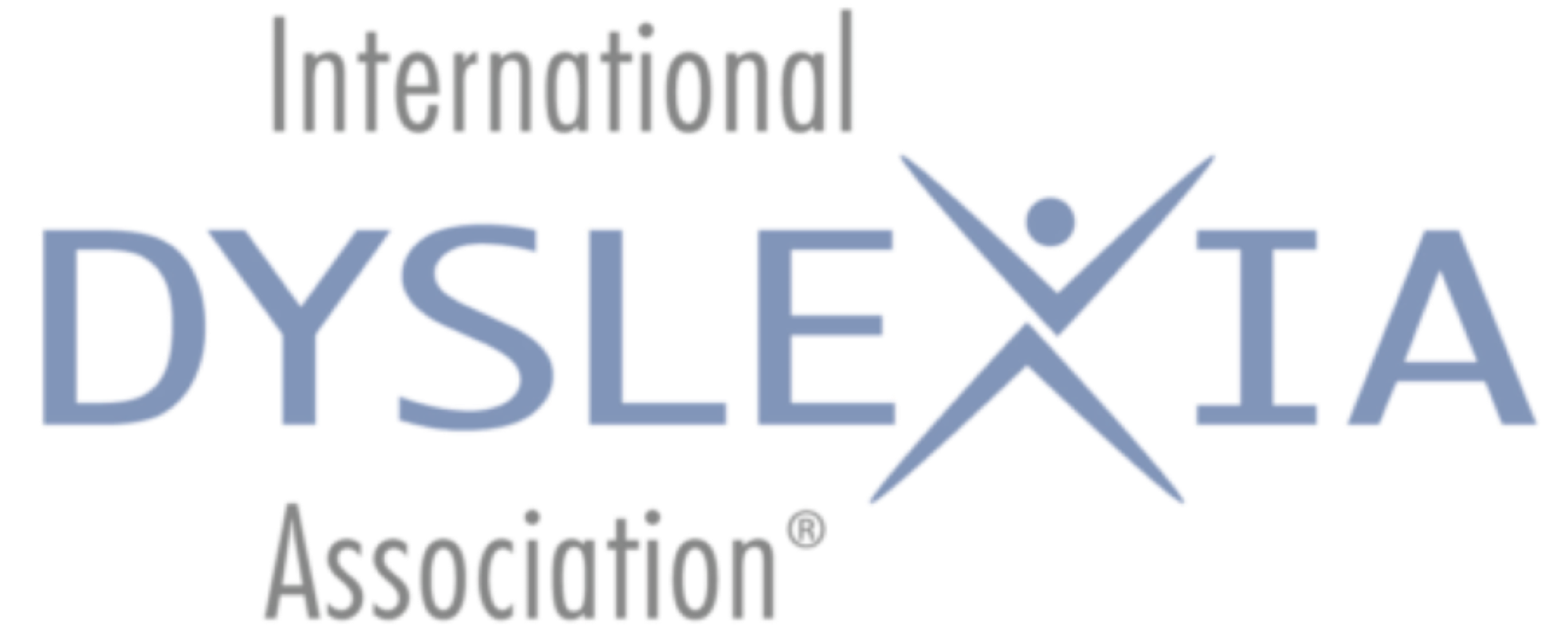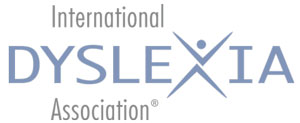Share This: 


Fall 2016
By Posie Boggs and Susy Crandall
Posie: Remember that song “I Wish I Could Shimmy Like My Sister Kate” about jealousy between two sisters? My sister, Susy, was coming to Alaska with her husband for the trip of a lifetime. This is my sister who can do everything I can’t do. She can sing. She can write. She can SPELL!! She’s an artist, and she’s much more creative than I’ve ever been. And boy, did I need her skills now. My advocacy team and I had been invited to present specifically on dyslexia (#saydyslexia) to our local school board members and our city assembly. This was a very big deal for our newly minted reading coalition. Our goal was to inform these educational leaders about dyslexia science, teacher preparation, and professional development in one hour. We even had some students with dyslexia present a skit.
Susy: During a long visit to my sister in Alaska, we got to discuss her dyslexia. We talked about our childhoods and how her dyslexia was never identified. We talked about my poetry writing and what it was like for her as a dyslexic to read and understand poetry. Then, we talked about the difficulties she was having as an adult dyslexic in preparing her PowerPoint presentation for a bigtime #saydyslexia presentation.

Posie: Even as children, we were both dismayed, befuddled, and sad that in our chaotic childhood we did not feel close. I did know my sister’s nose was always in a book. She couldn’t even hear us talk to her when she was reading. I didn’t even know you could lose yourself in a story until I was about 13. Then, when I learned how to, I swear it kept me alive. Until then, the isolation and invisibility of my inability to read meant that nobody could help me get through my school day.
In second through fourth grade, I never finished the classroom work before the end of the school day. So I would bring home a stack of books and papers. But in our family’s chaos, parental chaos really, I would just dump the books and papers over in the corner and that was the end of it. I would go out into the woods of northern New Mexico and climb trees, slide down mountains on ponderosa pine needles, and splash in the Red River. Then I would come back home and maybe glance over at the pile of books and papers and ask myself why I didn’t know what the heck to do with them.
Had my sister known how I struggled as a nonreader, she would’ve helped me. In school, the only thing that kept me sane was that I could do math. My memory of the math classroom is so vivid that I can still see the board with the math problems on it. I can close my eyes and watch myself doing the math work on my paper. I can even see the desk that I sat in and where it was situated in the classroom.
In sharp contrast, I actually have no memory of any other of the classrooms or papers. I was so traumatized by reading failure that I can’t remember anything about my English classroom. All I can see are those intimidating stacks of books and papers that I would drag home every night with their squiggly black lines vomited all over them that I would drag home every night.
Well, I do remember being taught cursive in second grade. I can tell you the instruction didn’t go over too well with me. I was the one who erased my work so hard that the paper tore, the lead smeared, and my classmates ridiculed me intensely. I had to hold the pencil in a death grip in a desperate attempt to control it. The one time I asked for help from my mother, her scathing response was so severe that I never asked for help again.
Susy: When we were young, our parents and our academic settings were not identifying people with learning disabilities such as dyslexia. I had no idea that my sister did not learn to read until she was 13. If I had known, I would have been heartbroken for her. As a natural reader, I took so much comfort myself in being able to lose myself in stories. As an adult, I began to write poetry which I also believe saved my life (a whole other story).
During my Alaskan dream vacation, I was also working on a poetry exercise about Alaska. The exercise involved writing an initial poem with a certain number of lines and syllables and then progressively cutting down both the lines and syllables. This led us to a conversation about how dyslexia affects comprehension. And we wondered if Posie’s difficulties with the shorter version of my poem were because she had to work harder to comprehend it.
Posie: I did feel that the shorter poem was harder for me to comprehend. I tried to explain why to my sister, The Poet. I’m still not sure my explanation works. The longer version of Susie’s poem had expanded phrases that helped comprehension with more precise images. It matched the kind of reading that I am used to comprehending. Books and articles that are highly technical or scientific are by nature very long and detailed. This means that their sentences have sharp boundaries leading to exact comprehension. The style required in technical and scientific writings is the antithesis of poetry. The shorter version of Susy’s poem didn’t provide me with enough words to understand her poem’s meaning with confidence.
Susy: This all made sense to me eventually when my sister described the compensatory mechanisms she uses when she’s reading. She has to chunk the reading into short phrases, decode some words carefully, and then image each phrase (see it in her mind) before going to the next phrase. Poetry is a much different kind of writing than most readers are used to. In poetry, a reader may take several readings to get to the gestalt of the whole poem. It is more an outside-in process rather than an inside-out kind of process.
Posie: Getting the gestalt (i.e., that the whole is greater than the some of its parts) of poems and jokes is difficult for me. The gestalt either comes days later or it just flies right over my head and I don’t get it until somebody explicitly tells me what the poem or joke was about.
Susy: Getting to see Posie and her team present #saydyslexia at the joint school board and city assembly meeting was one of the big highlights of our trip. Being in on it beforehand, helping with editing, watching her practice, meeting her team and the kids in the skit (see it here) was really exciting. At the presentation, Posie was organized, logically sequenced, and effective. No one would’ve known how much it took for her to put this together. However, her PowerPoint notes needed to be almost completely rewritten and edited because they were a mess! They served her purposes well in the presentation, but they would have been difficult for outside readers to wade through. And, since she needed to send the PowerPoint, including the notes, to the school board and assembly members, it was really important to make sure her notes were readable, well sequenced, and logical to support her most important points.
Posie: The support that my sister gave me allowed me to reach beyond this one presentation. My notes and slides were well done, and I could reuse them to reach other people who have the power to help our students with dyslexia reach for the stars. As an adult dyslexic, I am terrified of what I call “cosmic errors” in my written work. I feel intense shame when the errors are pointed out. Writing is risky. Each and every word has the potential to be misspelled. Every sentence is likely to be awkward. And every formatting error can make my product look ugly. So this is why, as a dyslexic person, I aggressively collect editors. I feed them, I love on them, I pay them, and I will do anything under the sun, even bribe them with an Alaskan dream vacation, to get them to edit for me. My sister Susy’s policing of my written word gave our team a leap forward in changing the landscape in Alaska for all dyslexic kids. Thank you, Susy.


 Posie Boggs is an active advocate for educating students, parents, educators, and policymakers on the necessity of improving literacy in our nation and the world. She has a masters in educational diagnostics and a bachelor’s of science in nursing. Ms. Boggs has received training in and utilizes the following scientifically evidenced methods for teaching literacy and reading: The RAVE-O™ program, Lindamood-Bell™ programs, including On Cloud Nine Math©, LIPS©, Visualizing Verbalizing©, Seeing Stars©, LAC3 Test©, Slingerland™ – Level 1, & 2 and the Writing Institute™.
Posie Boggs is an active advocate for educating students, parents, educators, and policymakers on the necessity of improving literacy in our nation and the world. She has a masters in educational diagnostics and a bachelor’s of science in nursing. Ms. Boggs has received training in and utilizes the following scientifically evidenced methods for teaching literacy and reading: The RAVE-O™ program, Lindamood-Bell™ programs, including On Cloud Nine Math©, LIPS©, Visualizing Verbalizing©, Seeing Stars©, LAC3 Test©, Slingerland™ – Level 1, & 2 and the Writing Institute™.
Copyright © 2016 International Dyslexia Association (IDA). We encourage sharing of Dyslexia Connection articles. If portions are cited, please make appropriate reference. Articles may not be reprinted for the purpose of resale. Permission to republish this article is available from info@dyslexiaida.org

